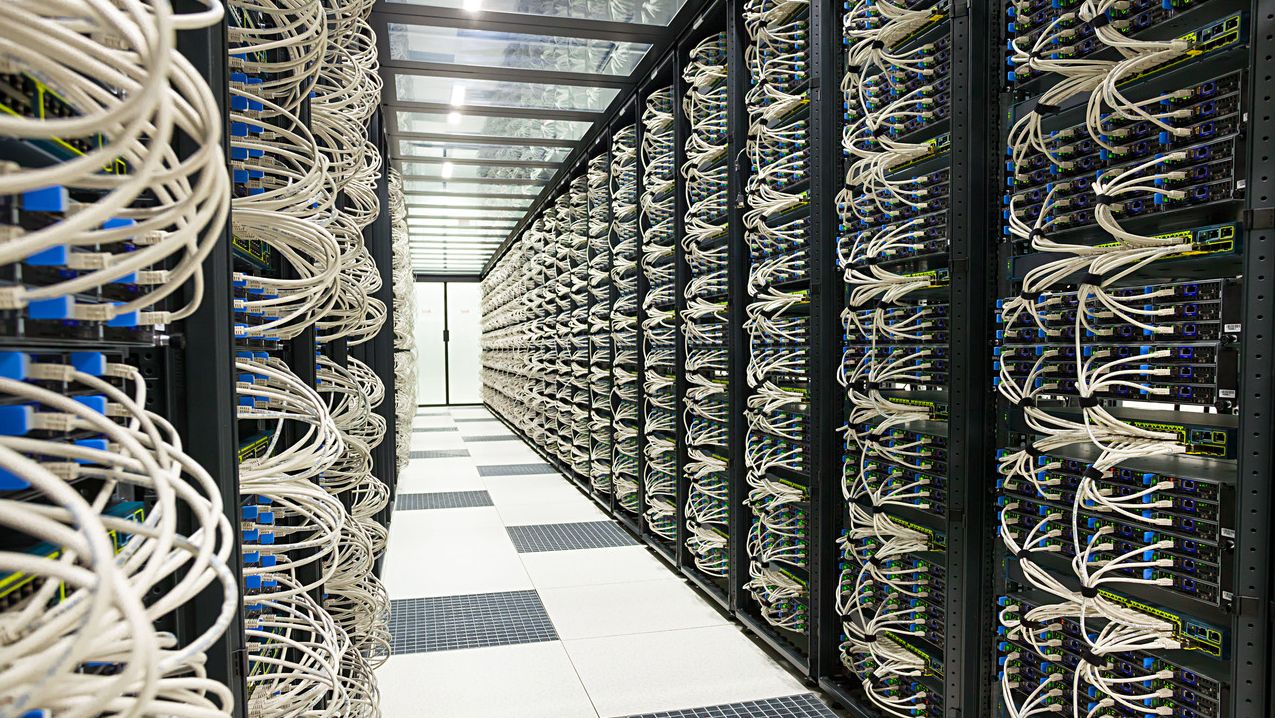Industry 4.0: for smarter operations
Understanding the real-world applications of IIoT data capture

Paul Crimm is the Chief Engineer at Honeywell Safety and Productivity Solutions.
Industry 4.0 has caused an evolution in technology. We’ve witnessed the impact across sectors including the supply chain, manufacturing and safety, bringing an unprecedented rise in data availability, computational power and connectivity. As customers of these sectors have become more mobile – demanding and receiving near instantaneous service – companies are either embracing these new technologies, or becoming relics of the past.
At Honeywell, we believe the future of any business is hiding in its data, with more accurate models driving more predictive approaches. As devices become more connected and as machines continue to learn, enterprises will see stronger business outcomes and reach a point of autonomous problem-solving. This presents the industry with an opportunity to manage risks while achieving a competitive advantage by reducing business and safety management-related costs.
- Check out the best ITSM tools
Data accessibility and connectivity
Data accessibility and connectivity have created an Industrial Internet of Things (IIoT) – one of the key building blocks of Industry 4.0 – so powerful that businesses now rely on the results to make real-time decisions. Nearly a decade ago it was all about connecting devices to software on the cloud platform. It was one-dimensional connectivity. A few years later it was all about the physical and digital loop.
Now, all devices are becoming intelligent and autonomous. In this shift, we need to inherit emerging technologies, insert them into products and differentiate the offerings. Field devices are increasingly able to communicate and interact with one another, using more centralized controllers as necessary. The learning is being done by better software that is mining further data points, which help tell a deeper story.
- Check out the best CMMS software
Data for safety
Another important real-world application is safety devices, which are now being equipped with sensors able to monitor virtually everything – from a worker’s environment right through to vital signs such as pulse rate.
As the scope of this data increases, it is essential that businesses take data protection very seriously, ensuring that workers fully understand that the technology is being applied to improve their safety and health at work.
With the recent introduction of new regulation such as the GDPR in Europe, this has become more important than ever before, not just for companies in these markets, but also for those who process the data of individuals in those markets.
Are you a pro? Subscribe to our newsletter
Sign up to the TechRadar Pro newsletter to get all the top news, opinion, features and guidance your business needs to succeed!
- Check out the best MDM solutions
The Industrial Internet of Things (IIoT)
The future of IIoT relies on “things” – 50 billion devices by 2022 – becoming more connected. And those things will continue to learn. The more closed-loop systems are created, the more collected data can inform and improve performance. The key to winning is software. Without software, physical devices add little value. It’s the combination of intelligence, computing capacity and software that bring products to life – making the idea of a connected infrastructure a reality.
A cloud software platform is key in shifting connected products into the future. The platform is going to be a critical foundation to enable new capabilities. It is vital to have these new emerging platforms and infrastructure drive the transformation. Machine data and functionality will increasingly be deployed to the cloud, enabling more data-driven services. Higher rates of cloud deployment will increase the need for secure, reliable communications as well as sophisticated identity and access management of machines and users.
Real-time data, combined with predictive analytics, is helping industrials identify warning signs before they become failures. It’s turning workers into experts, able to predict machinery problems without affecting production or causing expensive downtime. By automating data capture and applying advanced algorithms that continually improve efficiency, every day of production can outperform the one before.
With connectivity now becoming more accessible and affordable, the connected infrastructure is becoming part of the smart factory/DC ecosystem. Smartphones and ruggedized devices have become versatile personal data-gathering and transmitting hubs which are opening unprecedented opportunities in multiple industries.
- Check out the best IaaS providers
Knowledge for data insights
At this point, it’s about getting the right data to make the right decisions. Companies spend a lot on analytics, but few get the results they’re looking for. Providers don’t have the historical data and insights to apply to their analytics. They don’t know the theoretical maximums or how to get there – it takes real-life knowledge. Alongside this knowledge are two other key elements – empirical data and big data – that are critical to use to achieve a comprehensive answer to make an informed decision.
While Industry 4.0 is leading to more connected devices and changing workplace environments, companies need to ensure workers are fully supported in their journey. An emerging skills gap between those who grew up in the digital revolution and those who have not poses a significant personal challenge to individuals who have always performed their roles in a more ‘traditional’ way.
Industry 4.0 is here, and Industry 5.0 is right around the corner. With products becoming more connected, safety solutions and industrial sector efficiencies throughout the supply chain are being created that wouldn’t have been thought of a decade ago. It’s this connectivity of devices and systems – supported by powerful software – that harnesses and learns from the data these devices and systems offer.
Paul Crimm is the Chief Engineer at Honeywell Safety and Productivity Solutions.
- Check out the best cloud analytics
Paul Crimm is the Sr. Director DX Execution at Honeywell Safety and Productivity Solutions.
